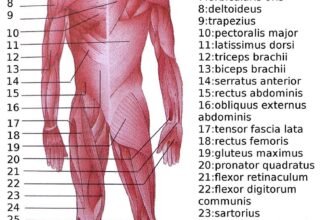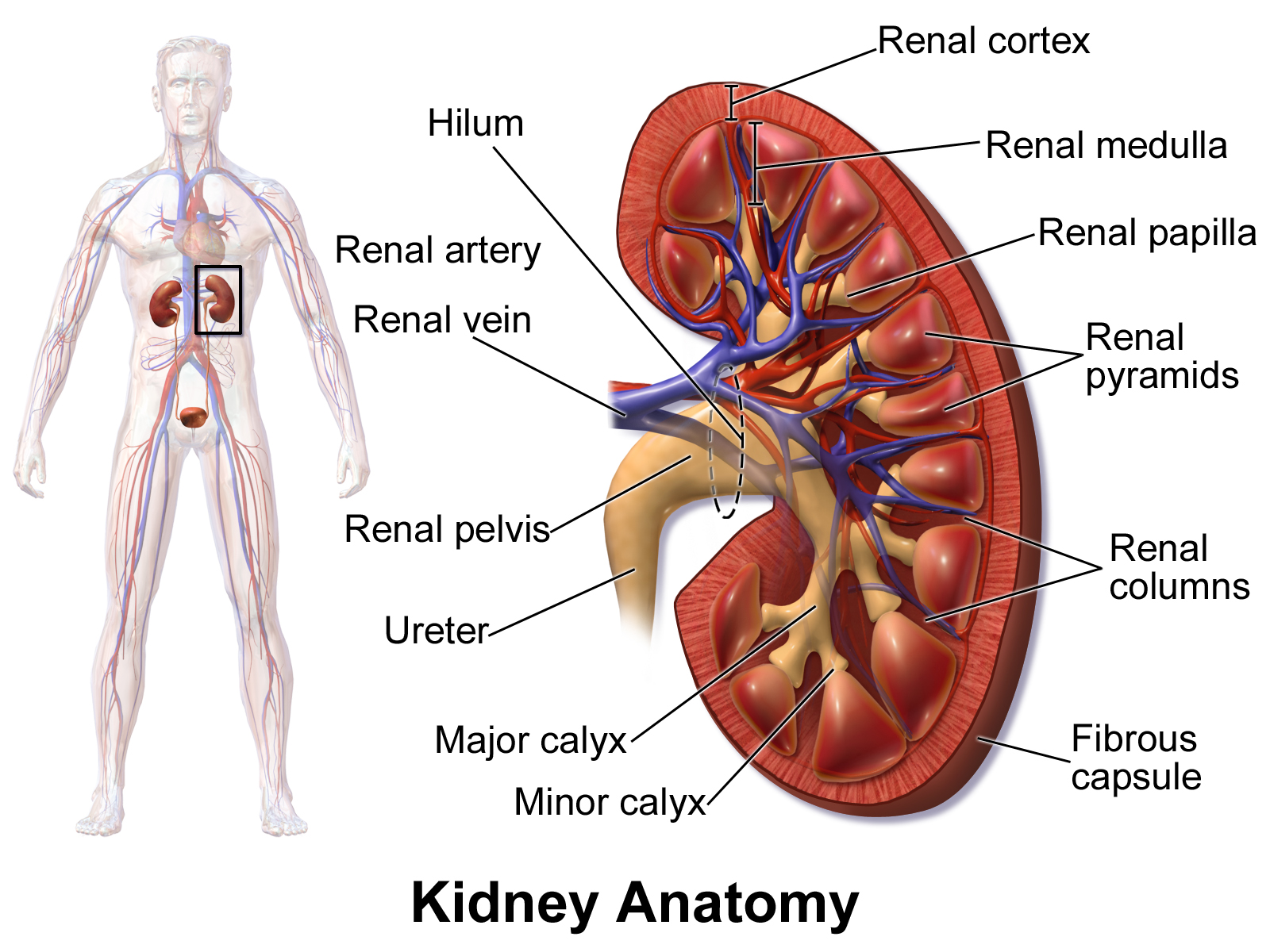Mitochondria

Mitochondria it’s a big word for tiny structures found in almost every human cell. But, as researchers are learning, these capsule-shaped structures likely have an outsized importance in health and ...

Mitochondria it’s a big word for tiny structures found in almost every human cell. But, as researchers are learning, these capsule-shaped structures likely have an outsized importance in health and ...

All viruses depend on cells for reproduction and metabolic processes. By themselves, viruses do not encode for all of the enzymes necessary for viral replication. But within a host cell, a virus can ...

The head and neck region is one of the most complex anatomical areas in the human body, housing a multitude of structures that serve essential functions in protection, communication, sensory ...

The head and neck form one of the most complex and vital regions of the human body. They house the brain, sensory organs, and components essential for communication, swallowing, and breathing. Their ...

Muscles in the human body are specialized tissues designed to contract and produce force, which enables movement, maintains posture, and supports various bodily functions. They consist of long, ...

The scrotum is a male reproductive structure located under the penis. It has the shape of a sac and divides into two compartments. The structures contained in this sac include external spermatic ...

This triangle-shaped, hollow organ is located in the lower abdomen. It is held in place by ligaments that are attached to other organs and the pelvic bones. The bladder's walls relax and expand ...

The kidneys are the primary organs of the urinary system. The kidneys are the organs that filter the blood, remove the wastes, and excrete the wastes in the urine. They are the organs that perform ...

In this block, we will consider two regions of the body, the abdomen and pelvis, and the anatomy of the internal organs found there. Although often considered separately, the abdomen and pelvis form ...

The facial muscles are a group of striated skeletal muscles supplied by the facial nerve (cranial nerve VII) that, among other things, control facial expression. These muscles are also called mimetic ...

Purpura secondary to clotting disorders is a medical condition characterized by the presence of purple or red spots on the skin, caused by bleeding under the skin due to problems with blood clotting. ...

Lipoprotein lipase deficiency, often abbreviated as LPLD, is a rare genetic disorder that affects the way our bodies handle fats. In this article, we will break down LPLD into easy-to-understand ...

The thoracic spine, often referred to as the mid-back or upper back, is a crucial part of our body's skeletal system. It plays a significant role in supporting our posture, protecting vital organs, ...

The cervical spine, often referred to as the neck, is a crucial part of the human body. Understanding its anatomy, structures, muscle attachments, and functions is essential for maintaining good ...

The coccyx, commonly known as the tailbone, is a small but essential part of the human body. It might not get much attention, but it plays a crucial role in our daily lives. In this article, we'll ...

The sacrum is a crucial bone in the human body that plays a vital role in supporting our spine and connecting it to our pelvis. In this article, we will break down everything you need to know about ...